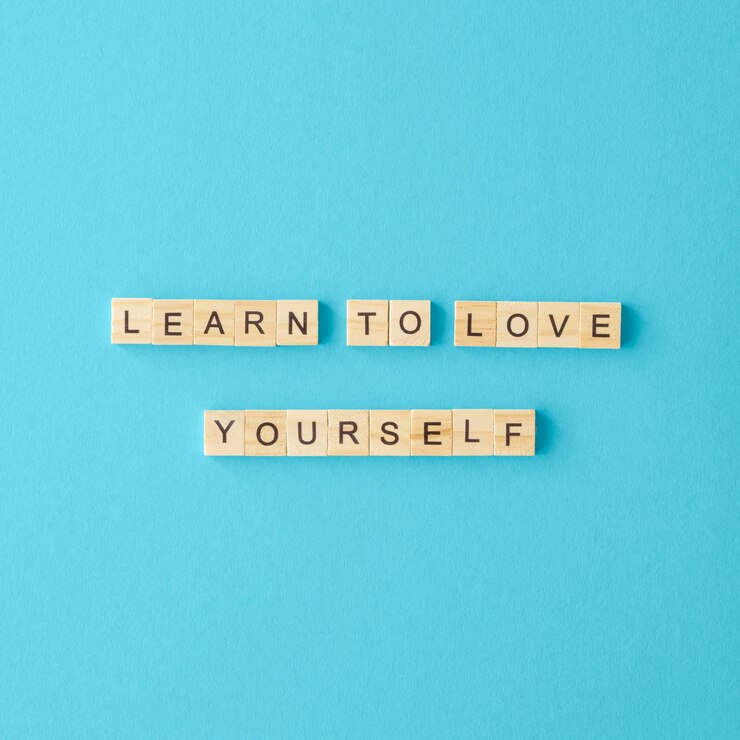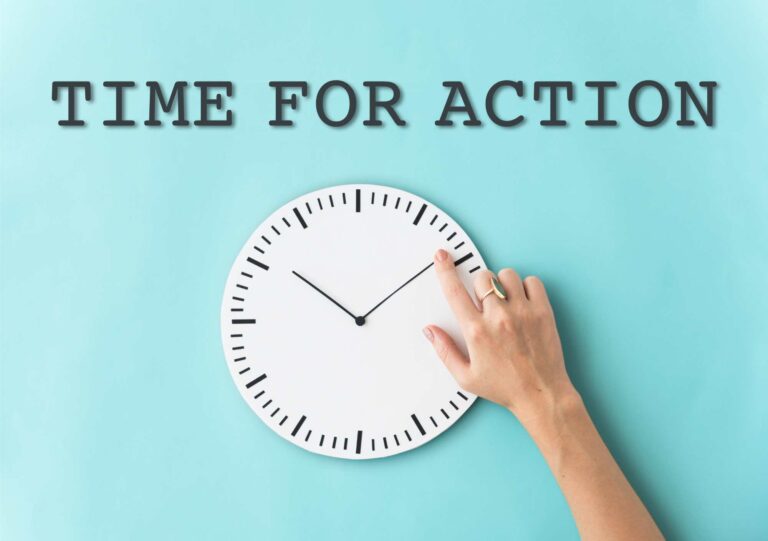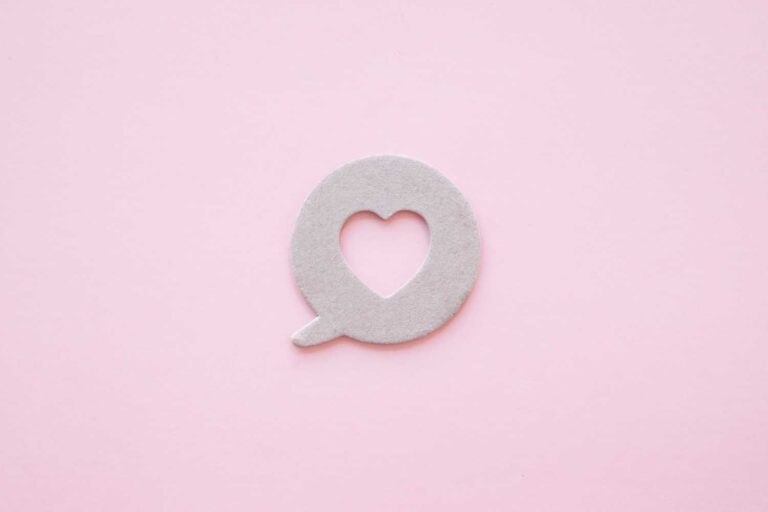How to create a self-love routine that fits your daily life
Self-love isn’t a one-time thing but something you practice every day.
It’s easy to think self-love means luxurious spa days or long journaling sessions. But real self-love happens in the little moments. The small, intentional things you do daily are what truly shift how you feel about yourself.
In this guide, we’ll break down how to create a self-love routine that fits into your daily life – one that’s simple, practical, and easy to stick to, even when you’re busy.
Reality check: How you’re actually treating yourself
Before we talk about creating a self-love routine, let’s get honest about what’s really happening.
You probably show up for everyone else in your life. You remember their birthdays. You listen to their problems. You make time for their needs. You give them patience when they mess up.
Now ask yourself: When’s the last time you showed up for yourself that way?
When’s the last time you prioritized your needs without feeling guilty? When’s the last time you spoke to yourself the way you speak to someone you love? When’s the last time you gave yourself the same energy you give everyone else?
If you’re like most people, the answer is uncomfortable. You treat strangers with more kindness than you treat yourself. You give more grace to people who’ve hurt you than you give to yourself when you make a mistake.
Here’s what’s actually happening: You’re abandoning yourself every single day. Then wondering why you feel exhausted, resentful, and empty.

Why you need a self-love routine
A daily self-love routine is more than just a “feel-good” practice. It’s a way to consistently remind yourself that you matter.
Here’s why it’s worth prioritizing:
It’s a reminder that you deserve to feel good about yourself, every single day. Taking care of yourself is a reminder that you’re important.
It makes self-love a habit: By practicing small, consistent actions, self-love becomes part of your daily life instead of something you only think about when things go wrong or something you do once in a while.
It helps you show up better for yourself and others: When you take care of your needs, you have more energy and patience to give to the people and responsibilities that matter to you.
Self-love doesn’t have to take hours or feel overwhelming. It’s about small, intentional moments – like pausing to take a deep breath or giving yourself credit for something you’ve done well. Those little things add up.
What self-love actually looks like in daily life
Practicing self-love is about treating yourself with the kindness and respect you deserve. It’s not selfish – it’s necessary.
Self-love isn’t bubble baths and positive affirmations (though those can be nice). Self-love is:
- Saying no to things that drain your energy without explaining yourself to death
- Taking breaks without guilt
- Setting boundaries and actually keeping them
- Choosing yourself even when it’s uncomfortable
- Refusing to tolerate what drains you
- Giving yourself the same energy you give everyone else
It’s not about being perfect. It’s about being present. It’s about finally showing up for yourself the way you show up for everyone else.
Your self-love routine will look different from someone else’s, and that’s okay. It should be as unique as you are. The key is to find small, meaningful actions that make you feel supported.

5 steps to build a self-love routine that works
Step 1: Get brutally honest about what you actually need
Before building your routine, let’s figure out what’s really going on. Not the pretty version you tell people – the real version.
Reflection questions:
- What’s draining your energy that you keep tolerating?
- What do you need more of but keep putting off?
- What would change if you actually believed you deserved to feel good?
- If you treated yourself like someone you loved, what would you do differently tomorrow?
Don’t sugarcoat this. If you’re exhausted from saying yes to everything, say that. If you’re tired of putting everyone else first, admit that. If you don’t know who you are without taking care of everyone else, write that down.
Get real challenge: Set a timer for 10 minutes and write down everything you wish someone would do for you. All the support, kindness, and care you’re craving. Then ask yourself: What’s stopping me from doing these things for myself?
Step 2: Start small but start today
Real change doesn’t require dramatic actions – it comes from small, consistent actions. You don’t need to overhaul your entire schedule. But you do need to start somewhere.
Here’s the thing: You probably already know what you need. You’re just not doing it because it feels “selfish” or “not important enough.” Stop that.
Examples that actually matter:
- Morning: Give yourself 10 minutes before checking your phone. Breathe. Stretch. Think about what YOU need from the day. Need specific words to start your day? These daily affirmations will help you set a powerful, self-loving tone each morning.
- Midday: Take an actual lunch break. Not eating at your desk while working. An actual break.
- Evening: Do one thing just for you. Read. Bath. Walk. Something that’s not productive or helpful to anyone else.
Challenge: Choose one small action and practice it every day for a week. Notice how hard it is to prioritize yourself. Notice the guilt that comes up. Do it anyway.
Journal prompts:
- What small self-love action feels scary to commit to?
- What excuses am I already making about why I can’t do this?
- What would I tell a friend who was making these same excuses?

Step 3: Stack self-love with habits you already have
The easiest way to stick with a self-love routine is to pair it with habits you already do. This method, called habit stacking, makes it feel more natural and less like “one more thing” to remember.
Examples of habit stacking:
- Morning coffee + setting an intention: While sipping your coffee, ask yourself “What do I need to feel supported today?”
- Lunch break + checking in with yourself: Before eating, pause and ask “How am I really feeling right now?”
- Evening routine + celebrating something: As you get ready for bed, acknowledge one thing you did well that day
Practice: Habit stacking plan Choose three habits you already have and pair them with self-love actions. For example:
- Brushing your teeth + saying something kind to yourself in the mirror
- Checking your email + taking three deep breaths first
- Dinner cleanup + reflecting on what you’re proud of from the day
Journal prompts:
- What current habits can I use as anchors for self-love?
- How can I make these moments feel meaningful instead of just another task?
Step 4: Balance what you need, not what looks good
Self-love isn’t just about mental health – it’s about taking care of your whole self. A balanced routine supports your mind, body, and spirit.
Ideas for each area:
- Mind: Journal without censoring yourself, read something that feeds your soul, or listen to music that makes you feel alive
- Body: Move in ways that feel good, eat something nourishing, or rest without guilt
- Spirit: Spend time in nature, practice gratitude for real things (not forced positivity), or do something creative
Practice: Self-love balance check Take a moment to reflect on which area you’ve been ignoring – mind, body, or spirit – and choose one small way to give it attention.
Journal prompts:
- Which area of my life – mind, body, or spirit – have I been neglecting?
- What’s one thing I can do today to care for this part of myself?
- What would I do if I truly believed I deserved to feel good?
Step 5: Adjust when life gets messy (because it will)
Your self-love routine should grow and change as your life does. Some days, you might need more rest. Other days, you may feel like being active or creative.
Self-love isn’t about getting it perfect. It’s about showing up for yourself in whatever way works best for you, even when it looks different each day.
Practice: Weekly routine check At the end of each week, ask yourself:
- What felt good and sustainable this week?
- What felt forced or didn’t fit my actual needs?
- What small adjustment would make this easier next week?
A self-love routine is meant to support you, not stress you out. Adjusting it to fit your current needs helps keep it meaningful and sustainable.

Example of a realistic daily self-love routine
You don’t need hours to create a meaningful self-love routine. Here’s an example that takes less than 30 minutes total:
Morning (10 minutes):
- Wake up 10 minutes earlier for quiet reflection
- Before checking your phone, ask yourself: “What do I need to feel supported today?”
- Set one intention that’s just for you
Midday (5 minutes):
- Take a real lunch break, even if it’s just 5 minutes away from your desk
- Check in with yourself: “How am I feeling right now? What do I need?”
Evening (10 minutes):
- Write down one thing you’re proud of from the day
- Do something that’s just for you – read, stretch, or just sit quietly
Use these examples as inspiration, but create your own practices that feel natural and doable for your lifestyle.
Stop making excuses and start showing up
Let’s call out the excuses that keep you from taking care of yourself:
Excuse 1: “I don’t have time.”
Reality check: You have time for everyone else’s needs. You have time to scroll social media. You have time to worry about things you can’t control. But you don’t have 10 minutes for yourself?
The truth: This isn’t about time. It’s about priorities. And right now, you’re not prioritizing yourself.
How to fix it:
- Look at how you spend your time. What can you cut out for 10 minutes of self-care?
- Start smaller. Even 2 minutes of intentional self-love is better than nothing.
- Ask yourself: If someone you loved needed 10 minutes of care, would you find the time?
Excuse 2: “It feels selfish to focus on myself.”
Reality check: Taking care of yourself isn’t selfish. Constantly abandoning your needs and then resenting everyone else for it? That’s what’s actually selfish. Learning to treat yourself with kindness isn’t selfish – it’s essential. These self-compassion exercises will help you navigate the guilt and show up for yourself.
The truth: You can’t pour from an empty cup. When you’re running on fumes, you’re not helping anyone.
How to fix it:
- Remind yourself: “I can show up better for others when I take care of myself.”
- Start with tiny acts of self-care. Drinking water isn’t selfish. Taking deep breaths isn’t selfish.
- Notice how you feel when you do take care of yourself. You probably have more patience and energy for others.

Excuse 3: “I keep forgetting.”
Reality check: You don’t forget to feed your kids. You don’t forget important work deadlines. You don’t forget things that matter to you.
The truth: You forget because you don’t believe you’re worth remembering.
How to fix it:
- Set phone reminders with messages like “How are you feeling right now?”
- Put sticky notes where you’ll see them: your mirror, laptop, coffee maker
- Pair self-care with something you already do automatically
Excuse 4: “I don’t know how.”
Reality check: You know how to comfort a friend. You know how to care for people you love. You know how to be kind. You just don’t think you deserve that same kindness.
The truth: You know exactly how to love. You just need to turn it toward yourself.
How to fix it:
- Ask yourself: “What would I do if my best friend was struggling the way I am?”
- Treat yourself like someone you’re responsible for helping
- Start with basics: rest when tired, eat when hungry, move when stagnant
Your self-love journey starts now
Building a self-love routine isn’t about getting it perfect. It’s about making a choice, every day, to prioritize yourself, even in the smallest ways. When you show up for yourself consistently, you’re sending yourself a powerful message: I matter.
Think of how often you show love and care for others. Now imagine what would happen if you poured even a fraction of that love into yourself. The truth is, when you invest in your own well-being, every area of your life benefits.
If you’re ready to take this journey deeper, my Self-love bundle was created to guide you through every aspect of building a sustainable self-love practice:
Self-love rituals (30 day workbook) – helps you create sacred space for yourself and develop daily rituals that stick,
Self-compassion (30 day workbook) – teaches you to release self-criticism and treat yourself with the kindness you deserve,
Self-love foundations (30 day workbook) – transforms how you see yourself through practical daily exercises,
Letting go (30 day workbook) – helps you release what’s holding you back.
Each workbook builds on the principles we’ve discussed here, taking you step-by-step through a 30-day journey of transformation.
Imagine looking back 30 days from now and feeling proud of the progress you’ve made – not just in how you practice self-love, but in how you feel about yourself. That’s what this journey is about: not perfection, but progress that feels real and lasting.
You deserve to create a life where you feel seen, valued, and loved. Don’t wait for the “perfect time.” Start today with the workbook that resonates most with where you are right now.
Explore the Self-love workbook bundle. Your journey to lasting self-love begins now.






